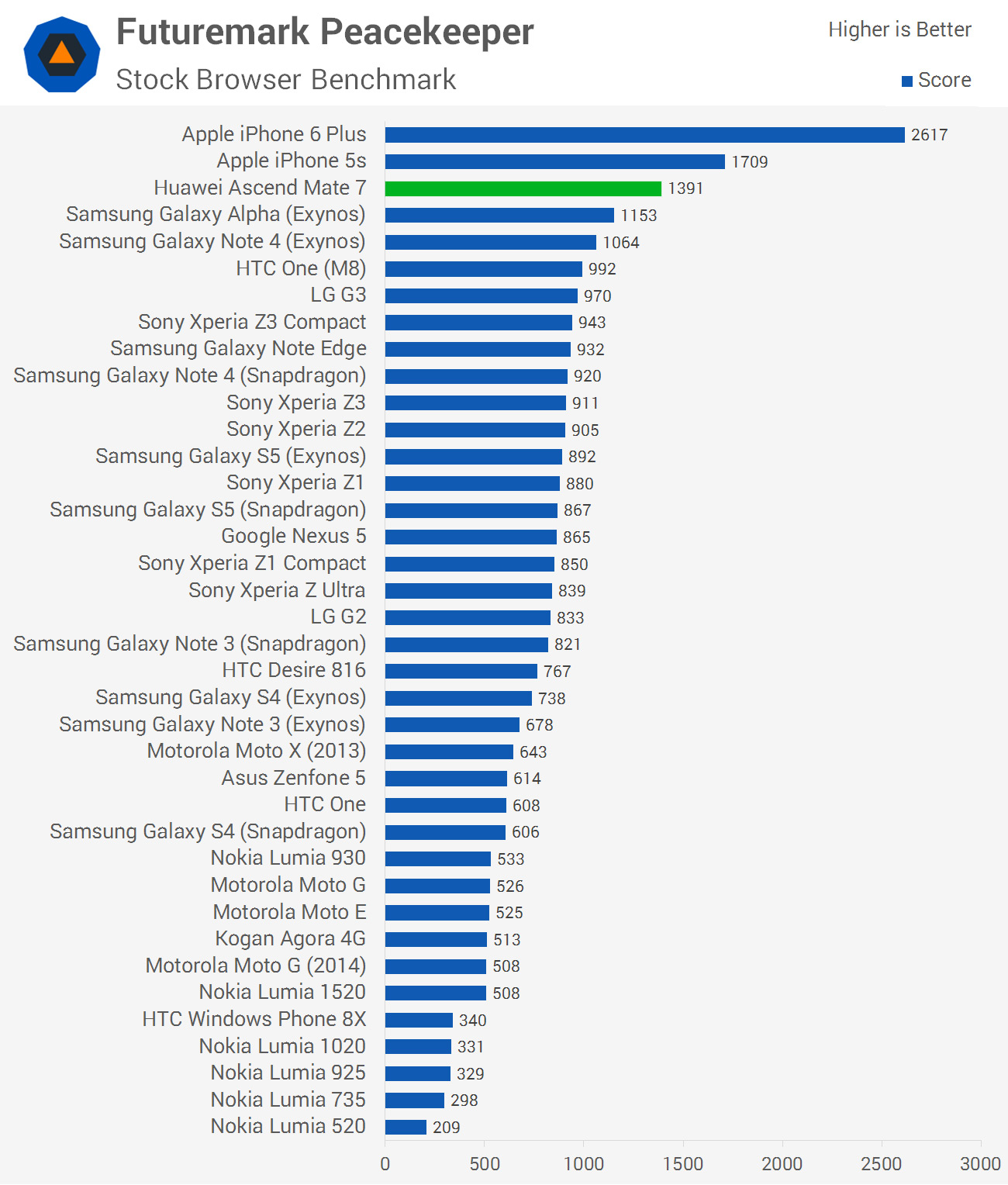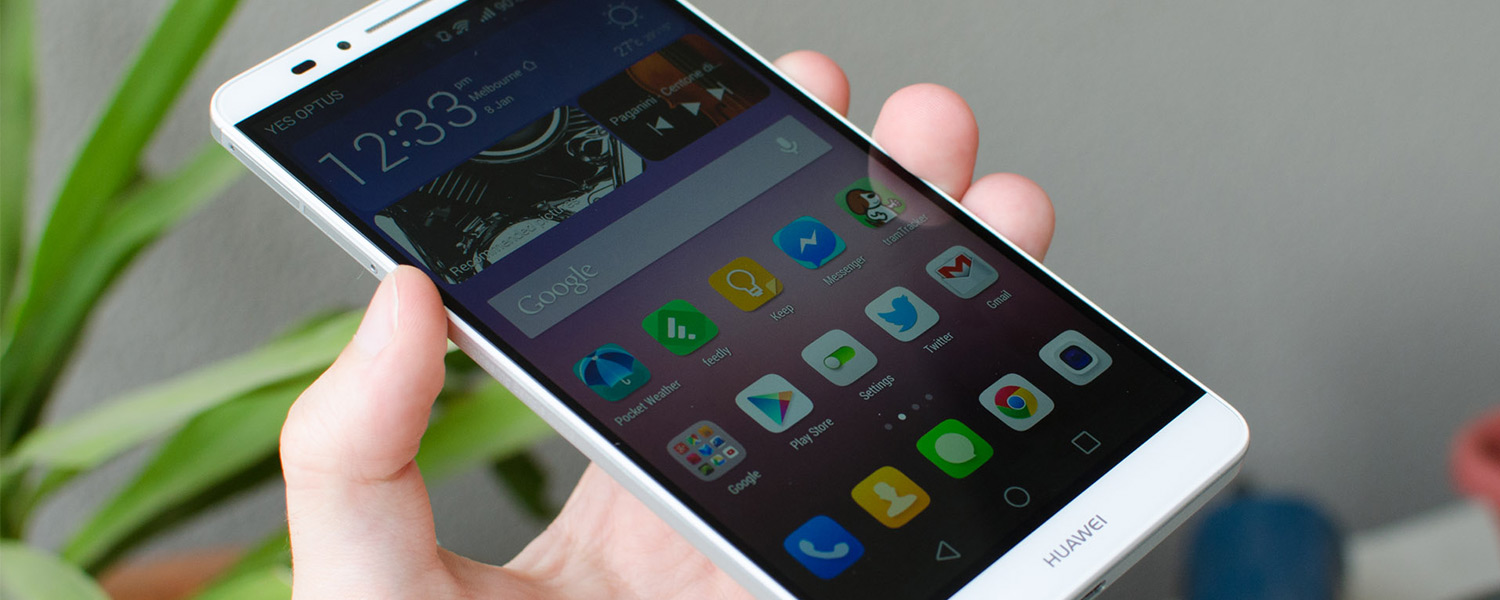Performance: HiSilicon Kirin 925
Rather than opting for one of the more popular SoC vendors, Huawei has opted for a 28nm HiSilicon Kirin 925 chip. For those that are familiar with ARM vendors, it shouldn't come as too much of a surprise that the Ascend Mate 7 features a HiSilicon SoC, and that's because the company is fully owned by Huawei.
The Kirin 925 uses an ARM big.LITTLE design with four ARM Cortex-A15 CPU cores clocked at 1.8 GHz, alongside four ARM Cortex-A7 cores clocked at 1.3 GHz. The implementation supports and utilizes heterogeneous multi-processing with global task scheduling (HMP+GTS), meaning all eight cores can be used simultaneously. The A15 cluster comes with 2 MB of L2 cache, while the A7s get 512 kB.
GPU-wise we get a Mali-T628MP4 clocked at 600 MHz. We've seen the six-core variant of the T628 before in Samsung's Exynos SoC, including those found in the Galaxy S5 and Galaxy Alpha. However this is the four-core variant, which indicates it should deliver performance below the current generation of flagships, including those powered by the Snapdragon 600.
As for memory, we get 2 GB of LPDDR3-1600 on a dual-channel 32-bit bus for around 12.8 GB/s of bandwidth. There's also an integrated Category 6 LTE modem, Wi-Fi 802.11a/b/g/n (no ac, which is a tad disappointing), Bluetooth 4.0 and A-GPS+GLONASS. Internally we're getting 16 GB of NAND, which can be expanded upon via the microSD card slot.
A quick note on wireless radio support: the Ascend Mate 7 actually has fairly wide support for the typical bands on both LTE and HSPA+. The latter is penta-band covering most of the frequently used frequencies (700/850/900/1900/2100), while LTE support covers bands 1/2/3/4/5/7/8/20/28 on FDD and 40 on TDD. This means the Mate 7 should be good to go on LTE networks basically anywhere, though as always I'd recommend you check with your local carrier before making a purchase.
In general usage I found the Mate 7 to be a very capable performer, although not as fast as the latest devices like the Snapdragon 805-powered Note 4. Apps load quickly and you get good performance in games, but opening and operating the app switcher was a little slower than I would have liked. I'll let the benchmarks below place the Mate 7 amongst its competitors.











The main thing to note from these performance benchmarks is that CPU performance is quite good, especially in browser benchmarks where it comes close to topping the charts. Generally speaking, the octa-core CPU performs around the level of the Snapdragon 800's Krait 400 quad-core, which is a good result (but not flagship class).
It's not as good on the GPU side. The Mali-T628MP4 delivers performance around that of a 2013 Snapdragon 600-powered flagship like the Galaxy S4 or HTC One, which featured Adreno 320 GPUs. It shouldn't be a big deal considering most Android games aren't huge GPU hogs, though bleeding edge and future titles might stress it. Most of my concerns come from the fact that current flagship SoCs like the Snapdragon 805 are 2-2.5x faster on the GPU-side.
NAND performance also isn't flash, with the on-board storage providing decidedly mid-range transfer speeds. While other aspects of the Ascend Mate 7 are flagship class, GPU and NAND performance aren't at that level.


